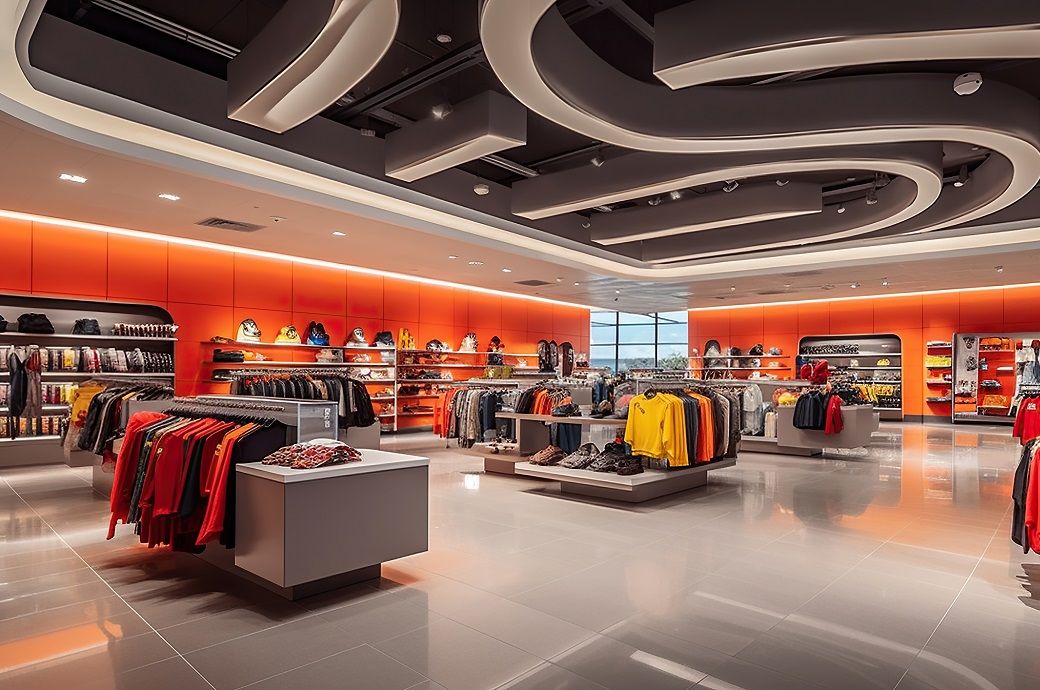Despite the low unemployment rates and ongoing real wage growth bolstering aggregate consumer spending, experts anticipate an intensifying softness in certain sectors over the coming quarters. Retailers focusing on discretionary spending are particularly vulnerable, being three times more likely to face a downgrade in the next one to two years compared to those whose sales hinge on more stable nondiscretionary spending, as per the S&P Global Ratings’ analysis.
In 2023, US’ holiday retail sales growth is projected to slow to only 3.5 per cent.
This growth is notably below the 20-year average, with sectors reliant on discretionary spending facing increased vulnerability to downgrades.
Uneven growth distribution across subsectors and potential consumer frugality could lead to significant sector downgrades.
A closer look at October’s retail sales reveals incremental weaknesses in several categories. For instance, sales in clothing and accessories stores dipped by about 1 per cent year over year. Considering the Bureau of Labor Statistics’ report of a 2.6 per cent apparel inflation for the same period, the actual volume of sales appears to be approximately 3 per cent lower than the previous year.
The current economic backdrop and volatile financial markets are driving a negative trend in rating actions across the US retail sector. In the past two months, negative rating actions have significantly outnumbered positive ones, with the apparel and specialty subsectors, which have high exposure to discretionary spending, being particularly affected.
In response to these trends, major retailers like Amazon, Walmart, and Target Corp. initiated holiday-themed promotions more than six weeks before Black Friday. These early promotions, featuring discounts on selected merchandise, aim to spread out demand and potentially pull forward sales, anticipating consumer caution in the weeks leading up to the holidays.
While a positive sales growth is expected during the holiday season, it is unlikely to be evenly distributed across all subsectors. Off-price and discount retailers are poised to capture the majority of the growth, whereas department stores might continue to struggle due to cautious consumer behaviour and competitive pressures. Retailers with the financial capacity to offer competitive pricing and convenience are expected to fare better.
However, if consumer spending turns out to be more frugal than anticipated, the sector could face significant downgrades.
Fibre2Fashion News Desk (DP)


